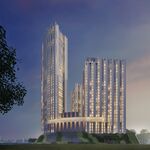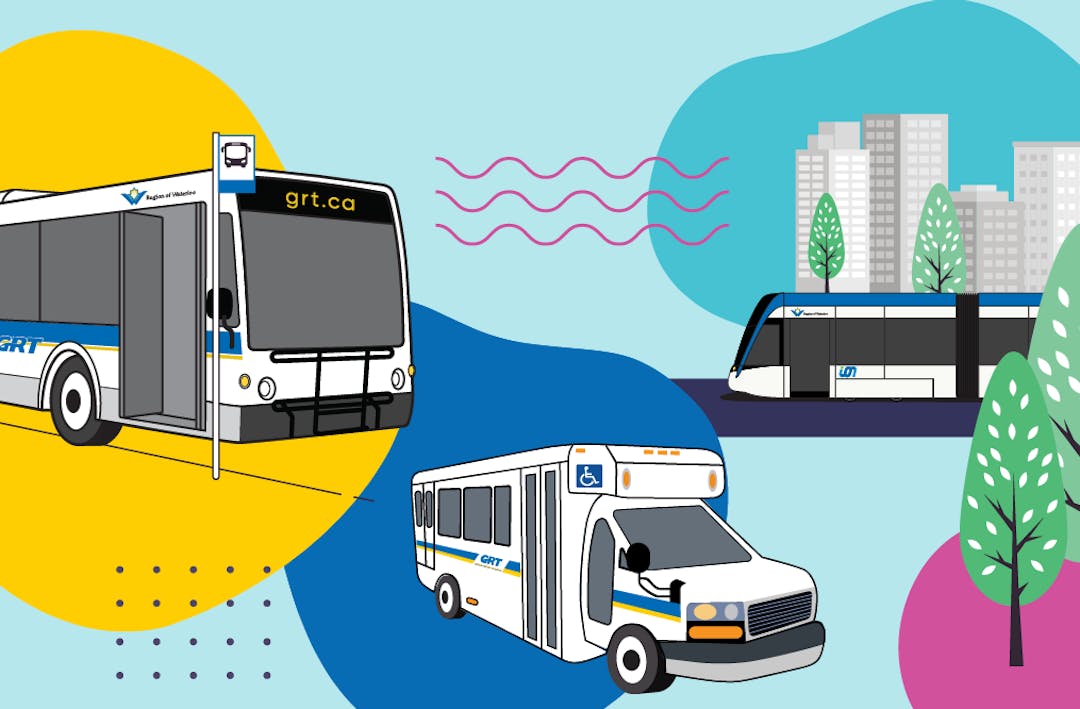Northern Light
Superstar
cant speak to 1)
but regarding 2) theres basically 3 reasons
a) Regarding the Traynor section, this was initially one of the faster sections but the region had to construct a temporary crossing (no boom gates) in this area after local groups felt they were cut off from the near by shopping areas. Ever since this, the lrt has to travel slower in this section (https://kitchener.ctvnews.ca/traynor-vanier-residents-finally-getting-their-lrt-crossing-1.4643619?cache=yes?clipId=89619)
b) The sharp turn at Hayward stemmed from efforts to reduce expropriation and is easily the slowest point in the line.
c) The lrt's speed limits are lower than cars in this section (even in completely straight track (Courtland))
3) the high speed section was and still is freight track so the turning radii are more giving. This + the added grade separation are what allow the lrt to go fast.
a) I agree they should add bus route info in these announcements
b) This is fairly common worldwide with boom gates . Perhaps if they didn't go with the center platforms itd be easier to deboard.
c) I think you are correct
I'd like to also plug my diagram which explains these issues in detail:
View attachment 583843
Excellent work! Ty for posting.





